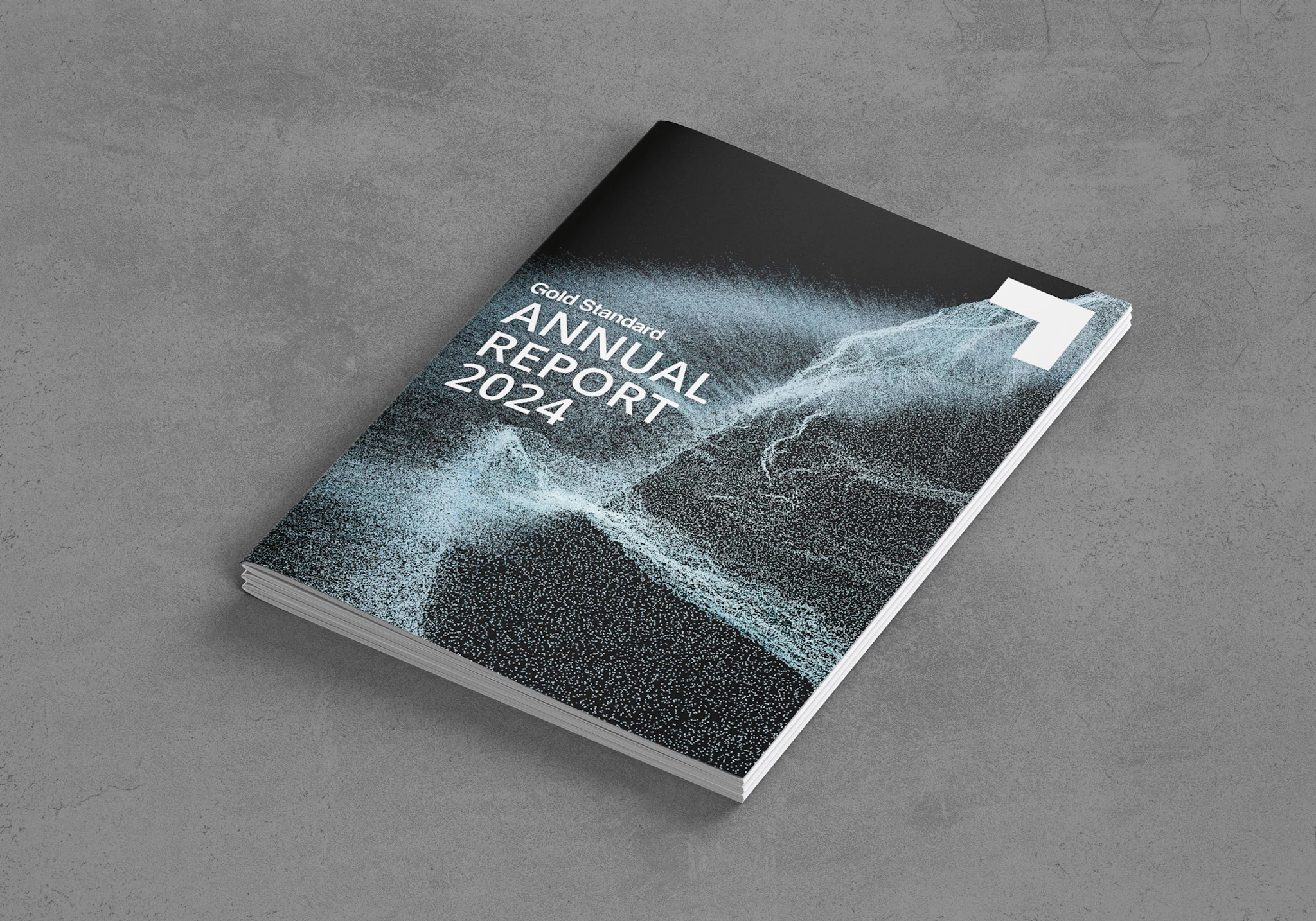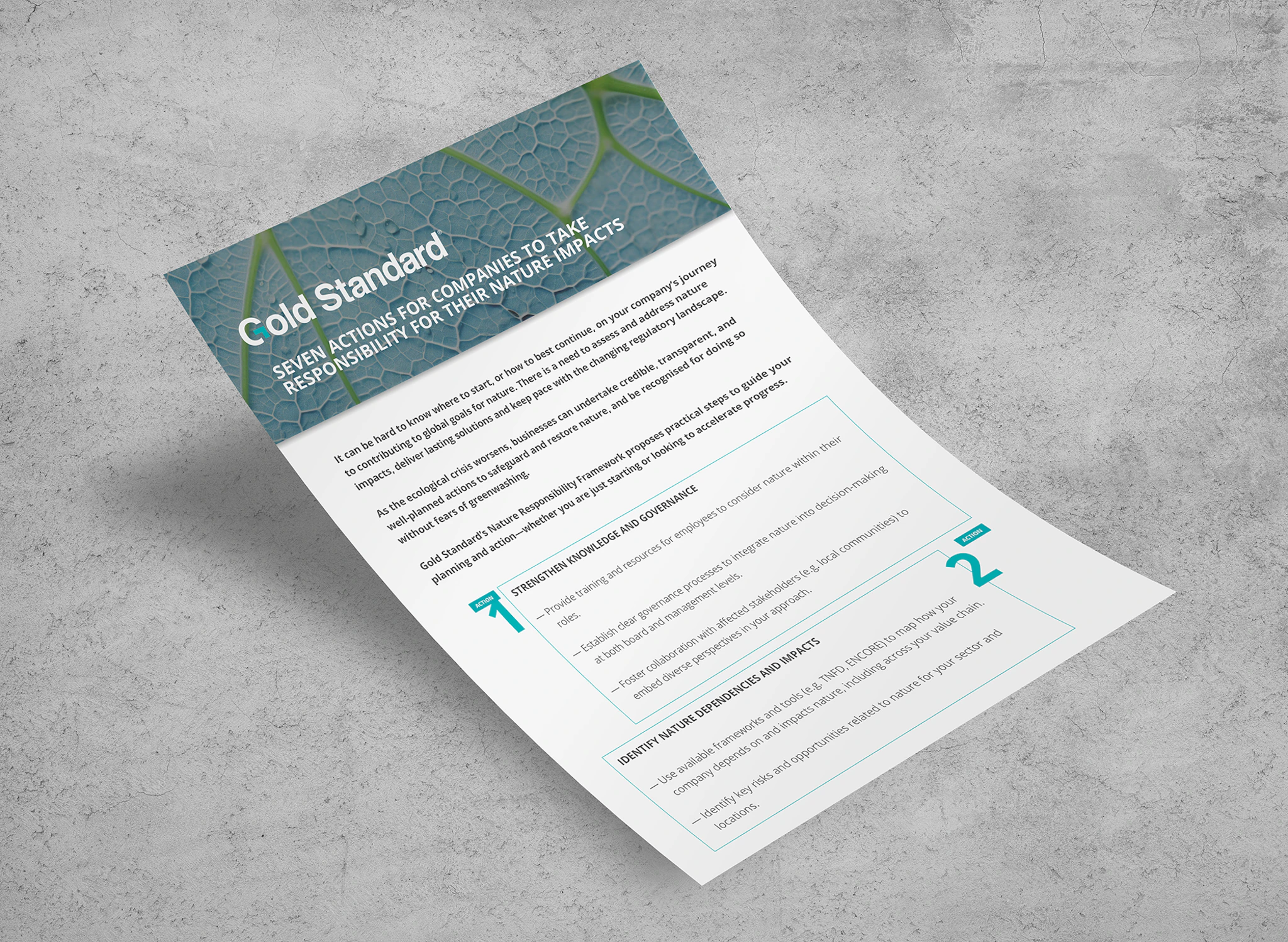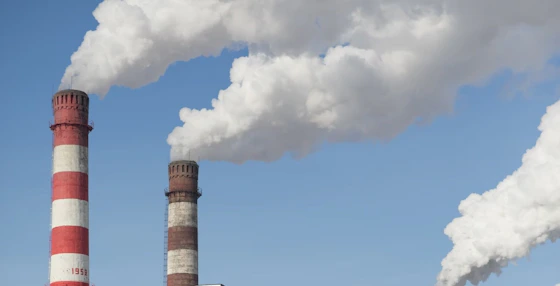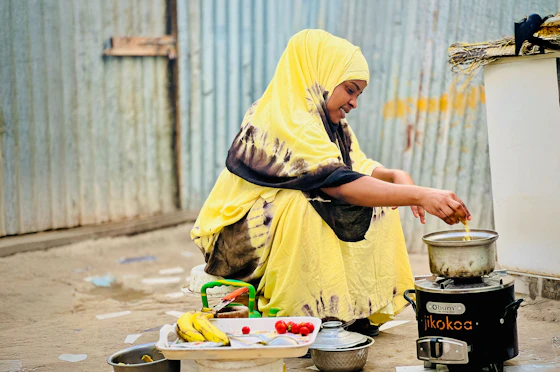News Room
FEATURED NEWS
Gold Standard Annual Report 2024
7 Actions for Nature Responsibility
Nature Responsibility Framework
All News & Publications
699 News
Order: desc
webinar series consultation Metered & Measured Energy Cooking Devices
consultation Reduced Emissions from Cooking and Heating (TPDDTEC) v.5.0
consultation Comprehensive Lowered Emission Assessment and Reporting (CLEAR) Methodology for Cooking Energy Transitions
consultation Animal manure management and biogas use for thermal energy generation (AWMS) v.2.0
consultation Simplified methodology for Clean and Efficient Cookstoves (SMEC) v.4.0
webinar What to expect from SBTi's Corporate Net-Zero Standard Version 2.0?
consultation Just Transition Requirements
consultation Joined up sustainable transition (JUST): Coal Decommissioning
consultation Joined up sustainable transition (JUST): Fossil fuel generators
media release First Rice Methane Reduction Credits issued by Gold Standard
opinion Time for Action: Why Leading Businesses Should Care about the Paris Agreement
live report Paris Agreement Alignment
announcement Project Spotlight: Clean Cooking in Somalia
media release Gold Standard Labels First CCP-Eligible Cookstove Credits
opinion The Carbon Market’s Next Mission: Paying to Shut Fossil Fuels Down
consultation Methodology Tool for the digitial monitoring of cookstoves
conference Gold Standard at COP30
event Delivering for People and Nature under Article 6 and New Markets
report Beyond Coal: Expanding Transition Credits to Dispersed Energy Solutions for a Just Future


















